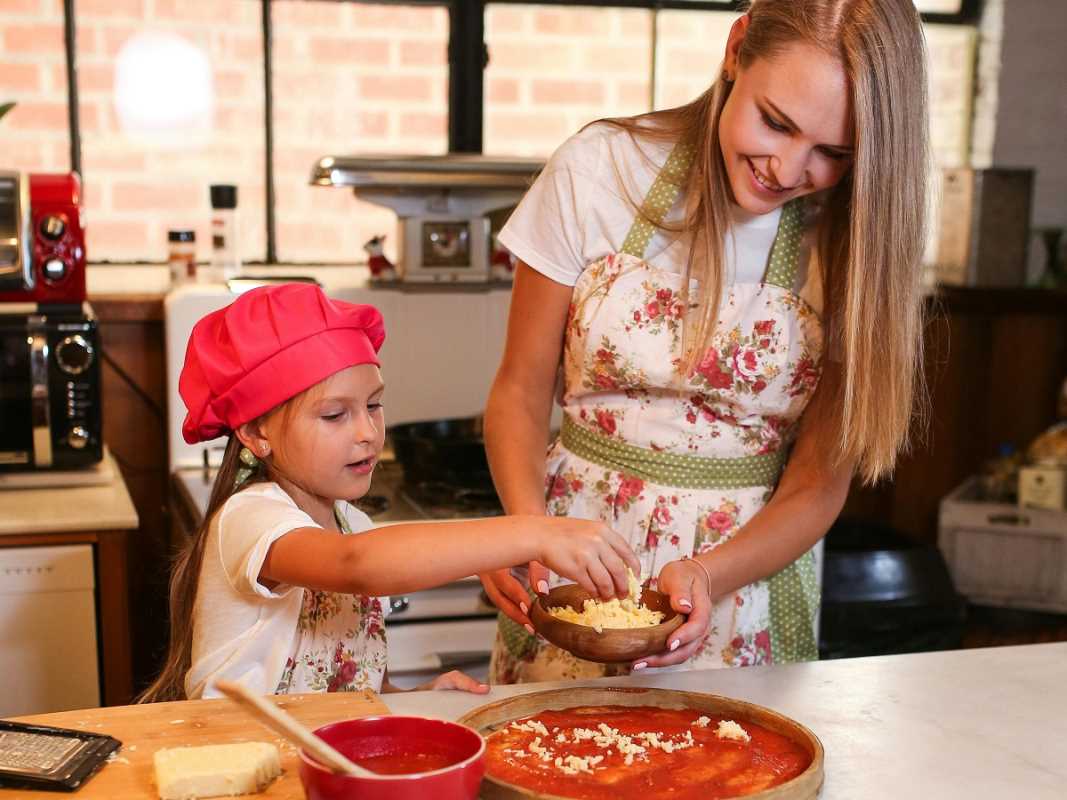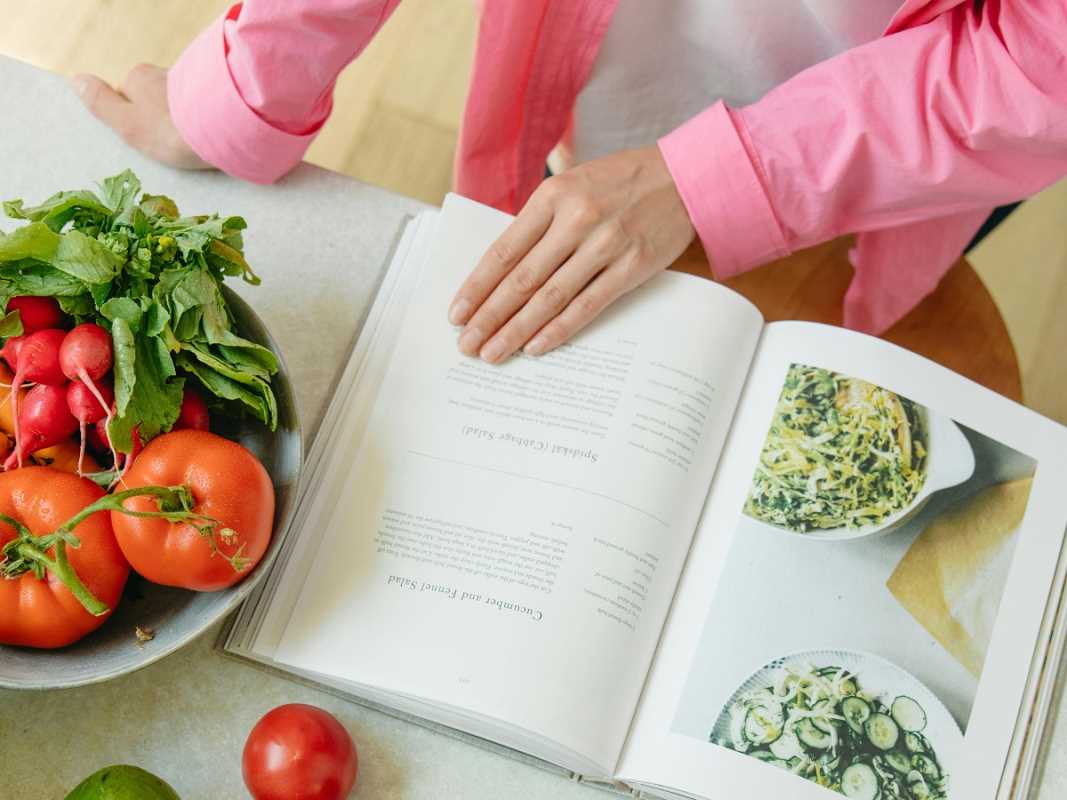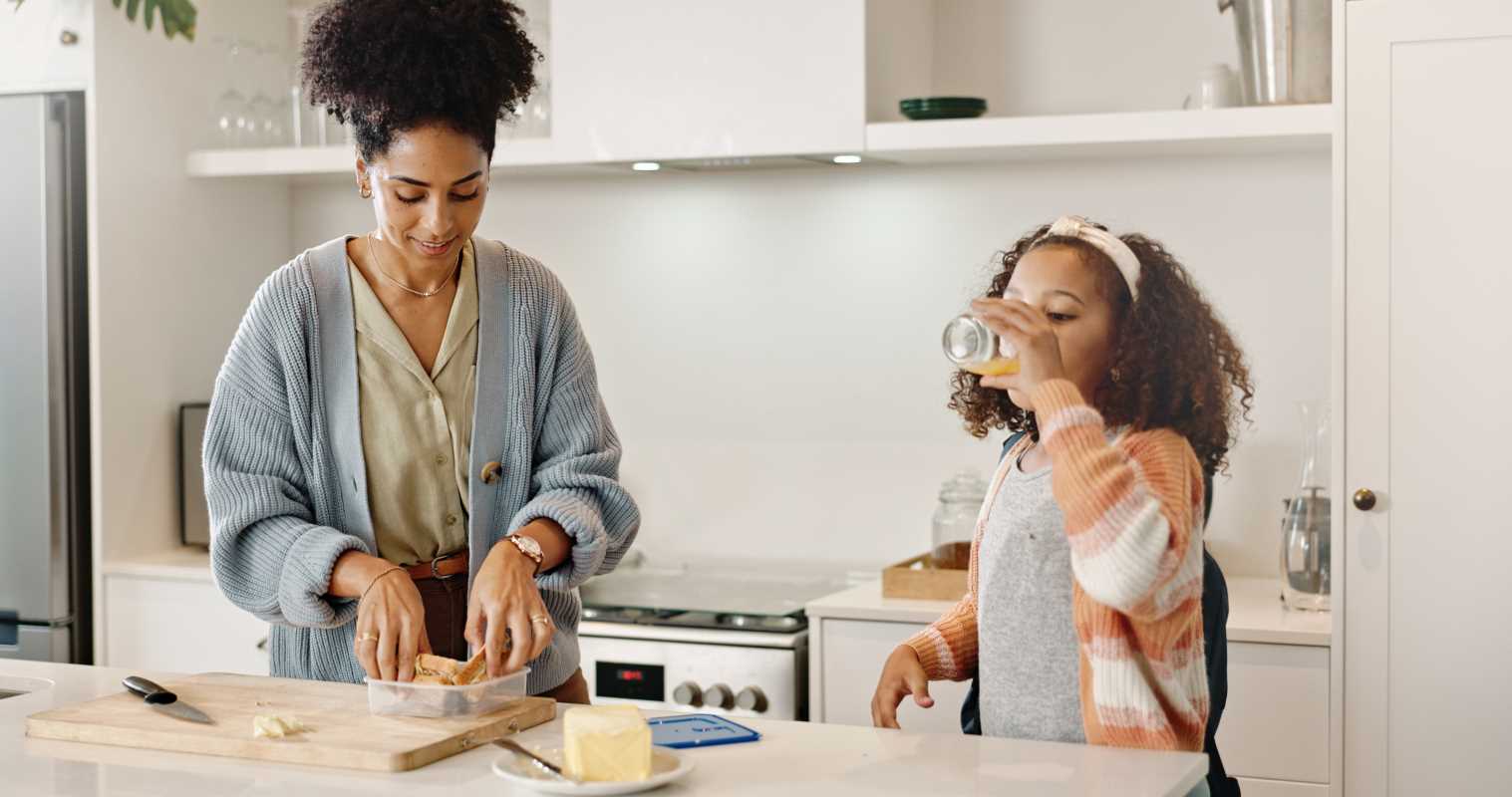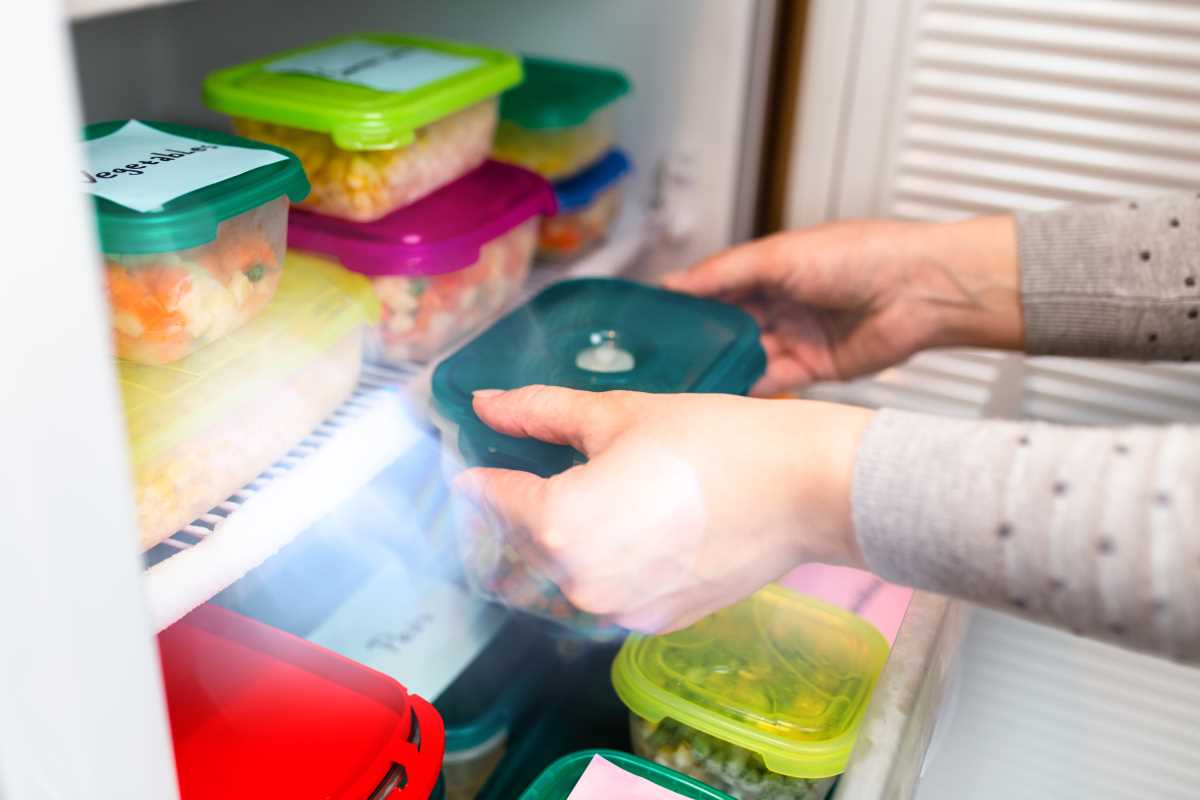Welcoming children into the kitchen to mix ingredients or add a pinch of seasoning adds excitement and warmth to family meals. Many parents may anticipate a mess when little helpers approach the counter, but these experiences build valuable skills and lasting memories. By giving kids simple, safe tasks as you prepare meals together, you help them grow more comfortable and capable. These shared moments encourage cooperation as well as curiosity, turning ordinary meal preparation into a special time that children will cherish for years to come. Cooking together can truly become a highlight of family life.
In the gentle hum of morning prep or the calm of weekend baking, small helpers stand on a sturdy step stool, eyes wide with curiosity. By choosing tasks that match their grasp and attention span, you create a lively atmosphere where each mix and measure becomes a mini accomplishment. toddlers discover early that creativity can bubble up from a simple spoonful, and you gain joyful memories without feeling overwhelmed.
Fresh Perspectives on Little Sous-Chefs
Seeing your kitchen through a child’s eyes rewrites every recipe into a story of discovery. The bright shine of a clean spoon becomes a sensory treasure, while the sound of measuring cups offers a rhythmic invitation to participate. Introducing unexpected textures—like soft herbs or crunchy seeds—brings wonder that goes beyond routine meal prep, turning slicing and stirring into mini science experiments.
When you shift from fearing spills to anticipating sparks of learning, you open doors to valuable life skills. Each task, from tearing lettuce leaves to lining muffin tins, teaches hand–eye coordination and patience. Your kitchen becomes a workshop for budding creativity, where small successes build confidence and genuine enthusiasm for healthy food preparation.
Hands-On Steps for Tiny Helpers
- Step Station Setup: You create a designated area equipped with a low, sturdy platform and a spill mat beneath. This setup prevents falls and collects drips, ensuring safety and easy cleanup. Measure and place non-skid pads under the platform, then test its stability with weight. Teach the child to climb up and down using the handles, reinforcing balance and boosting independence. Cost is minimal—under $30 for a quality step—and available at home goods stores. Insider tip: position the step close to the sink if you plan water-based tasks, so rinsing remains within reach.
- Ingredient Introduction: You lay out bowls of pre-washed fruits, vegetables, or grains for sorting and counting. The purpose is twofold: reinforce color and number recognition while preparing components. Demonstrate how to pick one item, then ask your helper to place it in a separate bowl. Next, count items together and describe textures. Supplies cost under $10 if you reuse small glass bowls. Insider tip: preserve engagement by rotating ingredients weekly, offering fresh sensory experiences.
- Measuring Moments: You provide child-friendly measuring spoons and cups made of lightweight plastic. This tool category teaches portion control and volume concepts through hands-on practice. Show how to level off contents with a flat edge, then let them pour into the mixing bowl in three distinct steps: spoon, level, transfer. Kits run around $12 and come in most kitchen aisles. Insider tip: use colored tape to mark spoon handles, making it easier for little eyes to distinguish sizes.
- Whisk and Stir Technique: You offer a small balloon whisk or spatula sized for little hands to blend batters or sauces. The benefit lies in developing hand–eye coordination and rhythm. Demonstrate stirring in a circular motion for a count of five, then allow them to repeat three times. Emphasize gentle wrist movement to avoid splatter. Whisks cost under $8 each, widely available online or in discount shops. Insider tip: rest the bowl on a damp towel so it stays put during enthusiastic mixing.
- Garnish Artistry: You introduce toppings—herbs, cheese, or fruit slices—for plating exercises that foster fine motor skills and creativity. Purpose: transform dishes with personal flair and reinforce healthy choices. Step one, pick a topping; step two, arrange on a plate; step three, describe the final look. Gather small containers for easy distribution; total cost under $15 per week based on grocery purchases. Insider tip: share a quick photo of their creation to make them proud and keen to help again.
Managing the Mayhem
- You establish simple signals for attention, such as raising a spoon. This practice teaches focus and reduces sudden interruptions while you handle hot surfaces. Encourage repetition: signal once, wait five seconds, then proceed together.
- You designate a “dry zone” covered with washable cloth for tasks that don’t involve liquid, like sorting utensils. This separation keeps spills contained and clarifies who handles which activity.
- You rotate chores every 10 minutes to sustain engagement. For example, you swap from stirring to measuring, then to garnishing. That dynamic flow prevents boredom and helps you gauge where to offer extra guidance.
- You keep a small broom or mini dustpan at hand to turn spills into quick tidy-up games. Turning cleanup into play reinforces responsibility without frustration or lectures.
- You celebrate each step with lively commentary: highlight their careful pouring or neat arrangement. Verbal praise strengthens motivation faster than any reward chart could, and keeps energy upbeat.
Wrapping Up and Moving Forward
Celebrate the small wins—joyful moments, creative touches, and growing confidence in the kitchen. Next time, let your helper pick an ingredient or tool to build anticipation and ownership. With clear roles and shared joy, meal prep becomes a meaningful tradition that brings everyone closer together.
 (Image source: Midjourney)
(Image source: Midjourney) 





